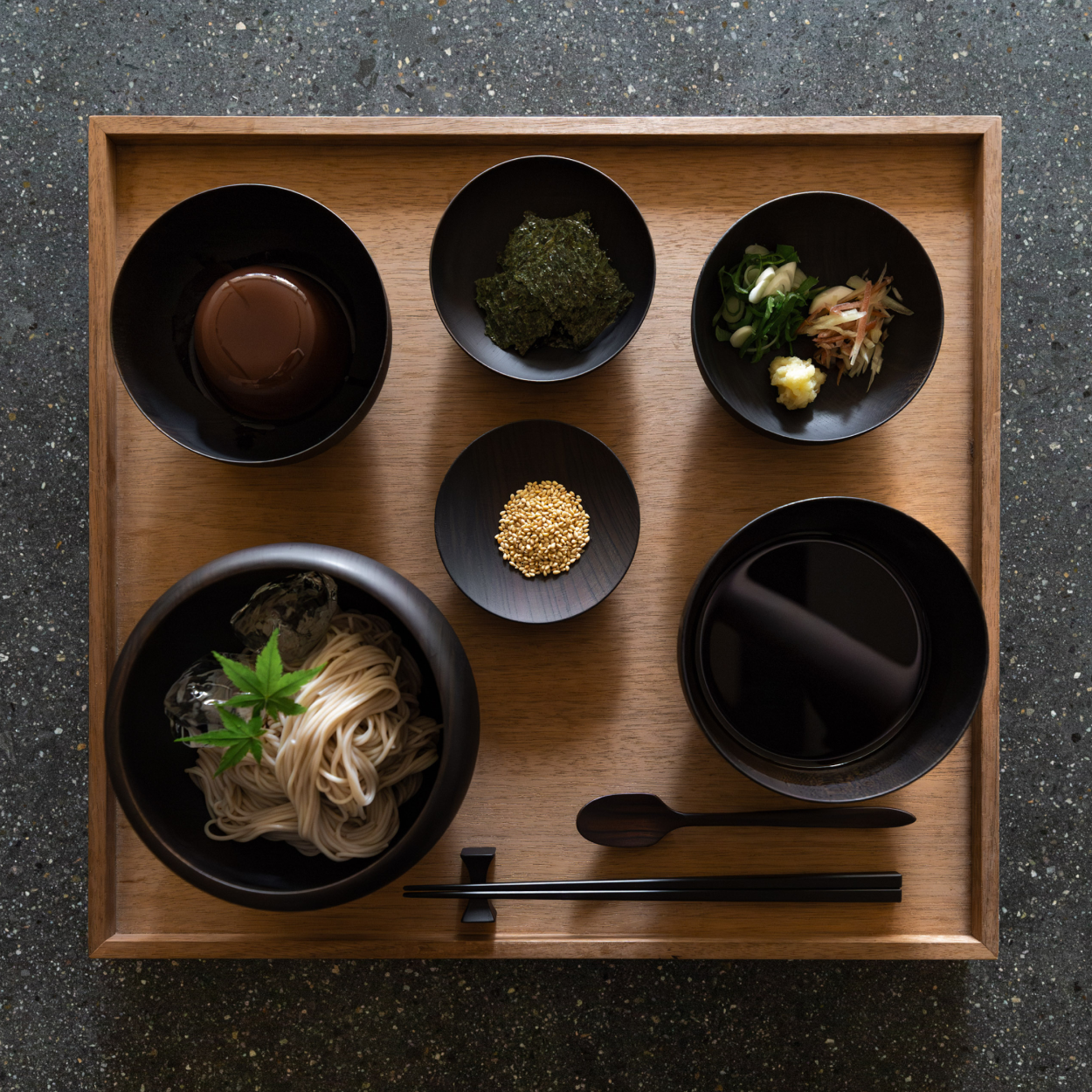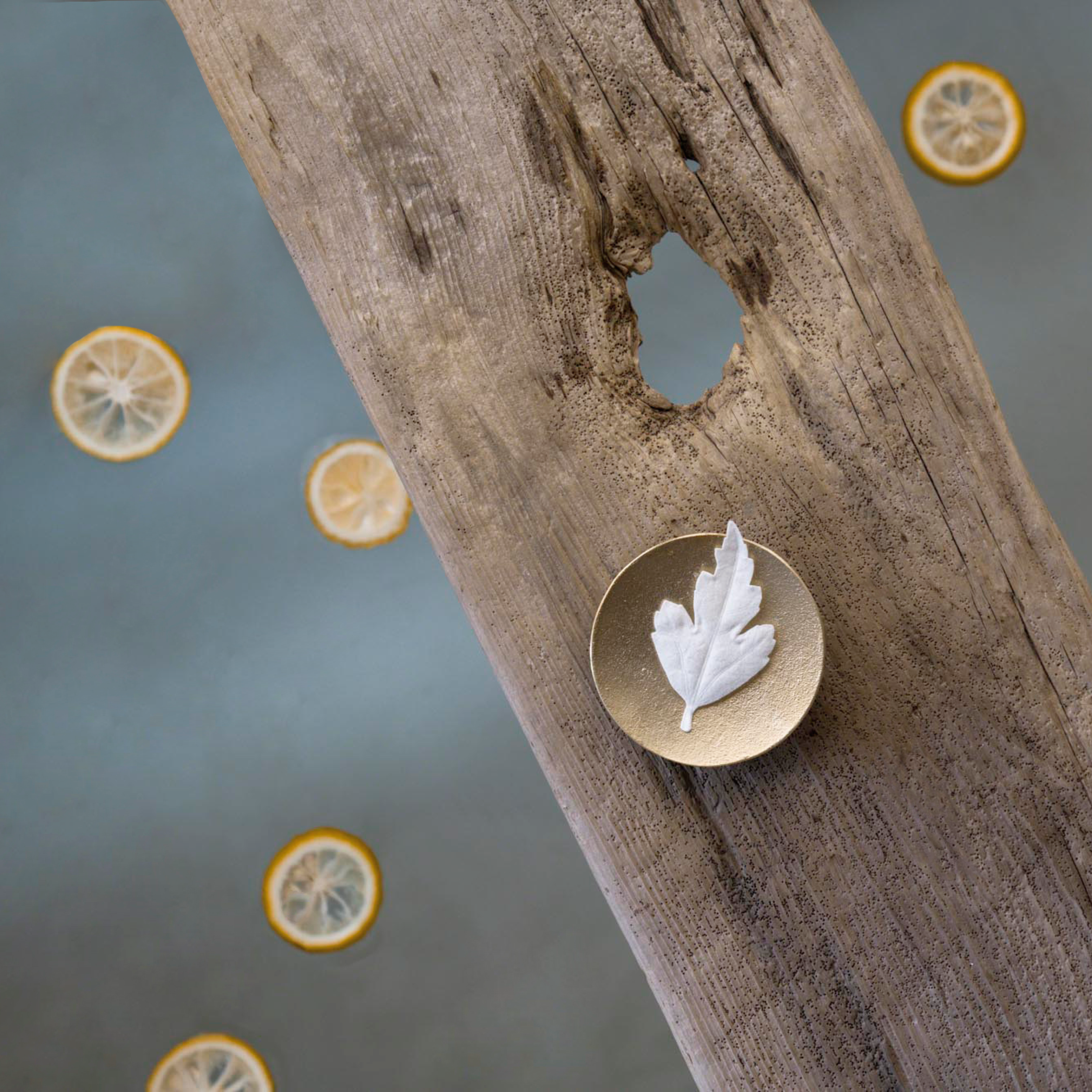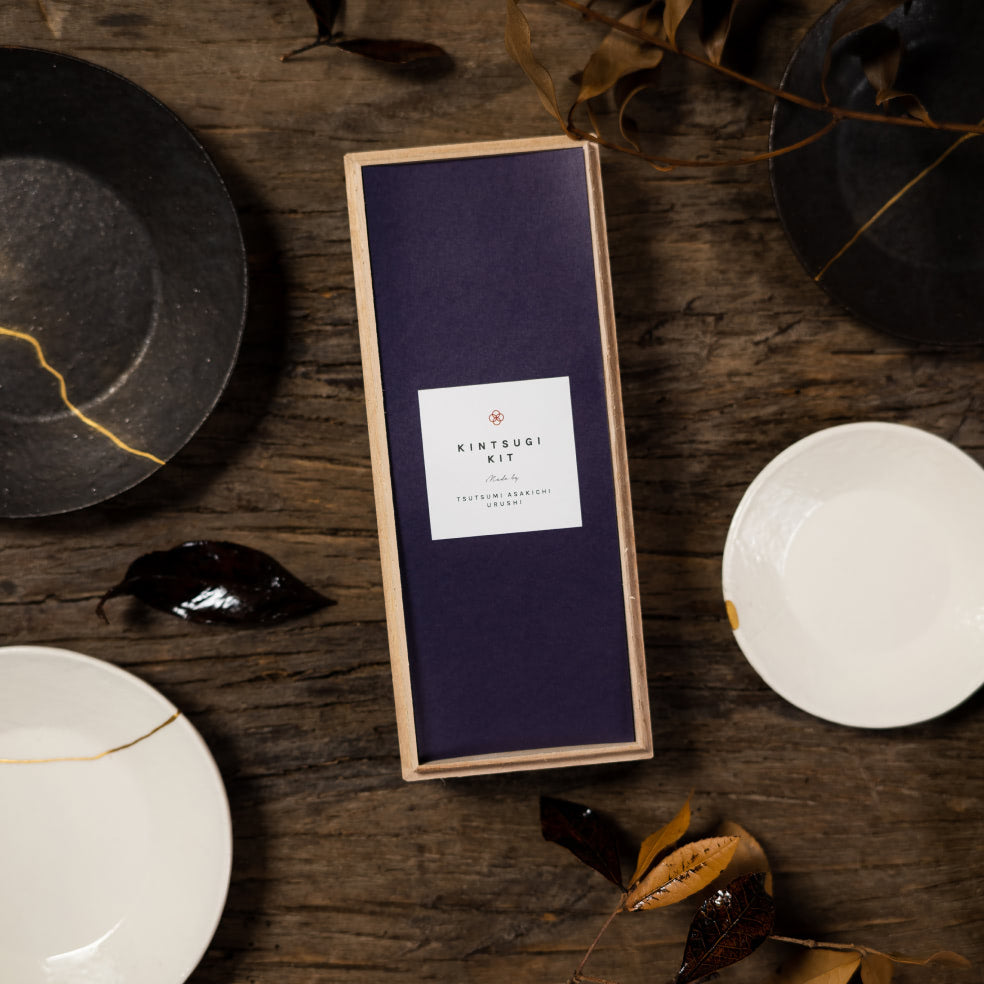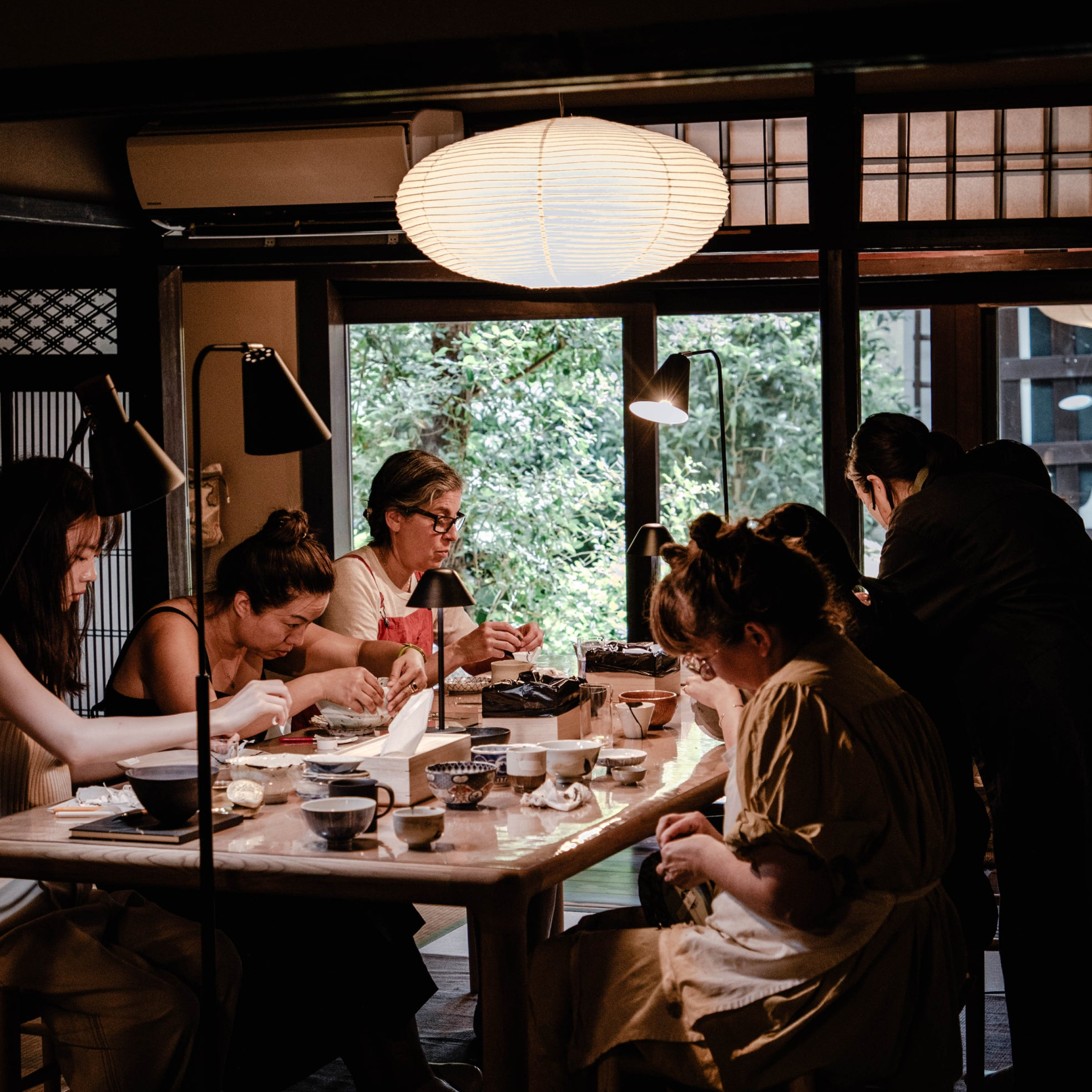Kintsugi
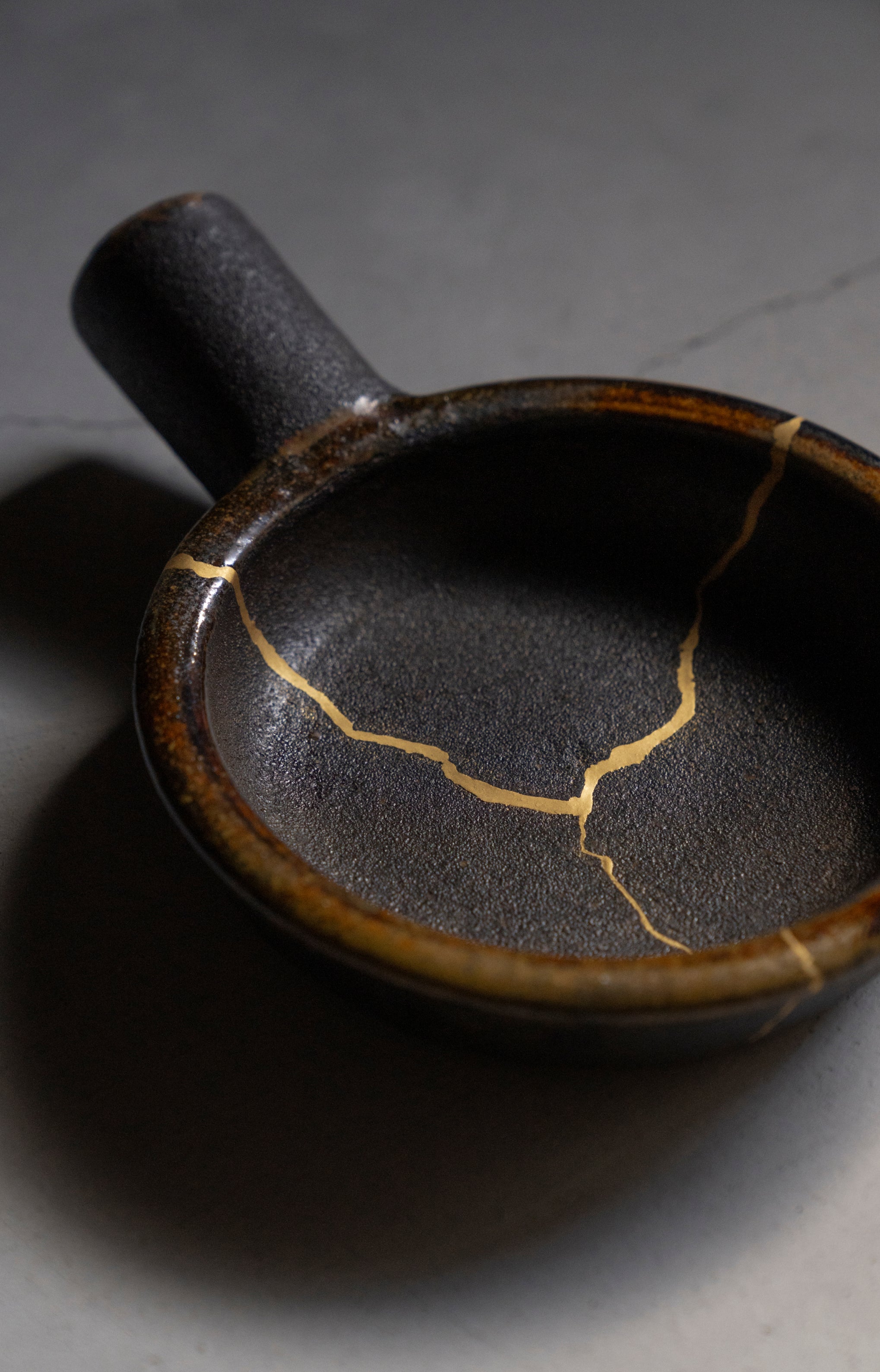
What is kintsugi?
Kintsugi gold joinery, is the Japanese art of repairing chipped, cracked, and broken, mostly ceramic and porcelain tableware, using only 100% natural materials including urushi lacquer and finishing with 24K gold powder. While the intention of Western styles of repair are to mimic the original state and make the repaired item look as though it was never damaged, kintsugi highlights the breakages and celebrates the unique story of the wares that make our house a home.
Urushi lacquer is the sap of the urushi tree. Between Summer and Autumn, trees that are at least 15 years old are raked to harvest the urushi sap. From a single tree, only 200ml (0.8 cups) can be harvested, so as you can imagine, we are very respectful of the urushi we have available to us.
Our approach to kintsugi technique is borrowed from traditional Japanese lacquerwork, with history that can be traced back nearly 10 thousand years. Excavation sites across the archipelago reveal use of urushi during the Jomon Period (14,000 - 300 BCE) to create and protect nearly every aspect of living. In Japanese, the synonym for "to live" or "to create living" is ishokujyu, or quite literally clothing, food, and home. With anti-bacterial and anti-pest properties, the use of urushi is present within each of these three building blocks. One way in which urushi was used early on was to soak leaves in urushi to harden together to create bowls.
